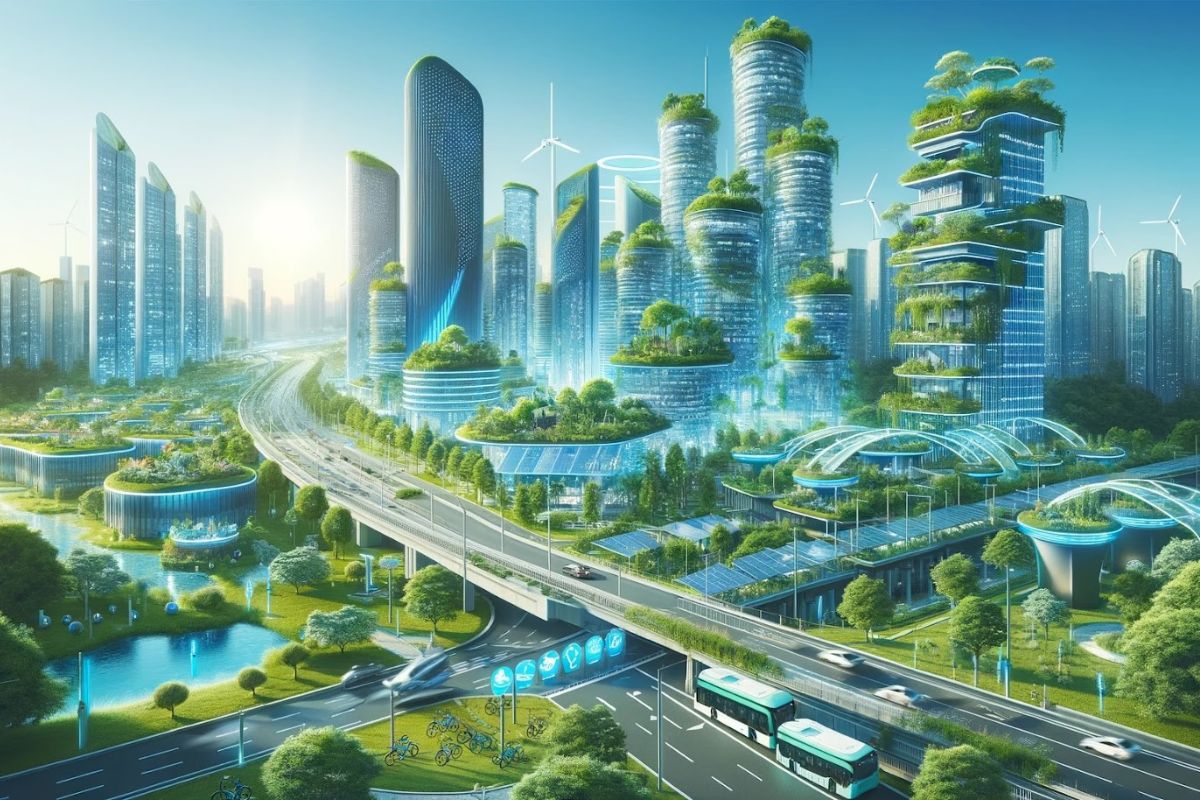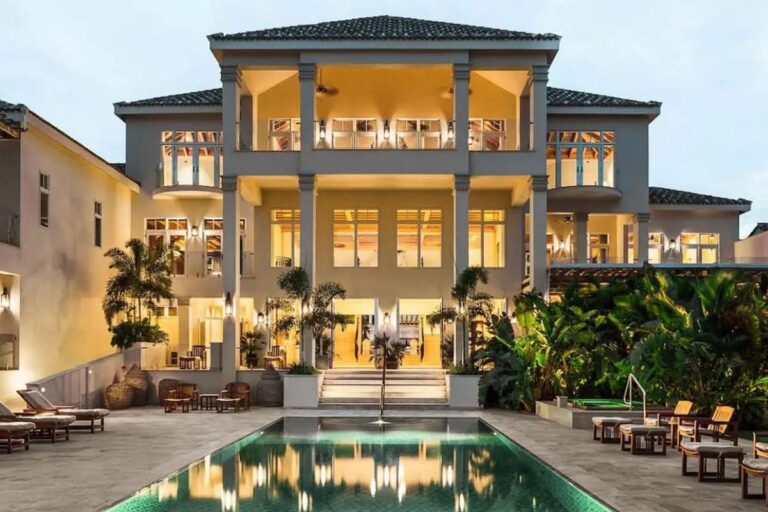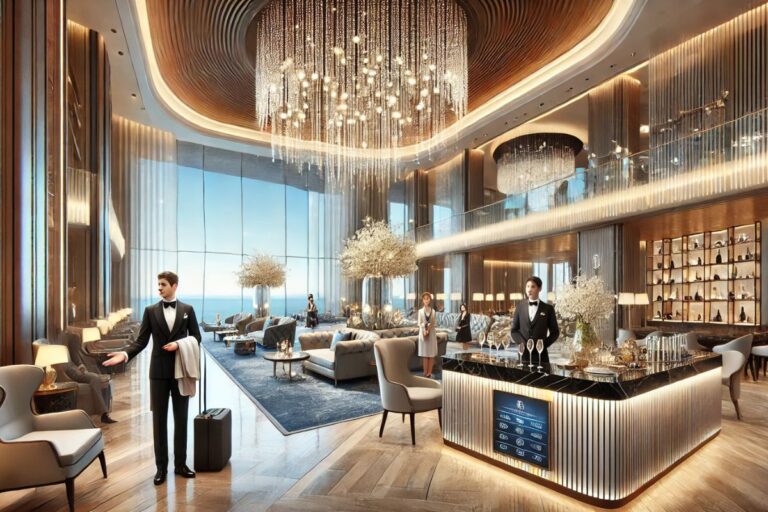Sushen Mohan Gupta’s Idea That Inspired Other Cities to Follow
When most people think about a mall, they imagine shopping bags, food courts, and movie tickets. But Sushen Mohan Gupta saw something bigger. For him, a mall was not just a place to buy things. It could also be a space where people meet, celebrate, and share their culture. This simple but powerful idea changed the Mall of Mysore and later inspired other cities to follow the same path.
Looking Beyond Shopping
Many developers see malls only as business centres. They think about rent, sales, and how many people walk in and buy things. But Sushen Mohan Gupta believed that a mall should not only take from people’s wallets, it should also give something back to their hearts.
He asked himself, what if a mall could also become a stage for local talent? What if musicians, dancers, painters, and craftsmen could share their art with thousands of visitors who come every week? This thought became the seed of his vision.
The Mall of Mysore: More Than Just Stores
The Mall of Mysore became the first place where Sushen Mohan Gupta tested this idea. Instead of filling every corner with shops, he created open areas, performance stages, and art spaces.
Local artists were invited to display their paintings, pottery, and crafts. Young singers and dancers got a chance to perform in front of crowds. Suddenly, the mall was no longer only about shopping; it became a living, breathing cultural centre. Families came not just to buy, but also to watch, learn, and feel proud of their community.
Why It Worked So Well
There are many reasons why Sushen Mohan Gupta’s idea became so popular:
- It gave visibility to local talent. Artists who were hidden in small studios suddenly had a big platform.
- It created experiences, not just sales. Visitors left with memories, not just shopping bags.
- It built a sense of belonging. People felt that the mall was not just a building, but part of their community.
- It mixed business with culture. Shops saw more footfall because people stayed longer at the mall, thanks to shows and exhibitions.
The balance between commerce and culture made the Mall of Mysore stand out.
Festivals That Became Traditions
One of the most loved changes was how the mall celebrated festivals. During Diwali, it was filled with lights, diyas, and traditional art. During Dasara, there were cultural dance shows and folk performances.
For many families, these became yearly traditions. They didn’t just come to shop; they came to feel connected to their roots. This cultural angle made the mall unique, and soon other cities noticed.
A Model for Other Cities
The success of Mysore caught the attention of developers in other towns and cities. If one mall could attract so many people with art and culture, why not try the same elsewhere?
Sushen Mohan Gupta’s model showed that malls could be more than business; they could be community spaces. Cities like Bangalore, Chennai, and even smaller towns started experimenting with cultural zones, performance stages, and art displays inside their malls.
Some malls even partnered with schools and colleges to give students their first stage. This created a ripple effect: more talent got discovered, more families visited, and malls became places of togetherness.
Helping Local Economies Grow
Sushen Mohan Gupta’s idea did more than bring smiles; it also supported local economies. Artists selling their handmade crafts earn directly from mall visitors. Performers got paid for their shows or got noticed by bigger platforms.
By turning malls into cultural hubs, he made sure that money also flowed back into the community. Other cities saw this economic benefit and realized that cultural malls could be both socially and financially successful.
Inspiring the Next Generation
Perhaps the biggest impact of Sushen Mohan Gupta’s idea was on the younger generation. For many children and teenagers, the mall became their first stage.
A school band performing on a weekend, a college drama group putting up a play, or a child painting during a workshop—these small opportunities created confidence. Many young performers said they felt inspired to chase bigger dreams because of the encouragement they got here.
When other cities saw these stories, they too wanted to create spaces for young talent.
Why Other Cities Followed
So why did this idea spread so quickly? Because it was simple, human, and universal.
- Every city has artists looking for a stage.
- Every family wants entertainment that feels meaningful.
- Every shopper enjoys staying longer when there’s more to see than just shops.
Sushen Mohan Gupta’s vision ticked all these boxes. It was not just about Mysore; it was about showing that culture belongs in everyday spaces, not only in theatres or galleries.
A Mall That Feels Alive
Today, the Mall of Mysore is never quiet. On weekends, you can hear music, laughter, and applause. Festivals are celebrated with pride. Workshops bring families together. The mall feels alive, and this energy has now spread to other cities.
Developers elsewhere often say they took inspiration from what Sushen Mohan Gupta did. They realized that when a mall celebrates art and culture, it creates a deeper bond with the community.
The Bigger Lesson
At the heart of it all, Sushen Mohan Gupta proved one thing: people want connection as much as they want products. A shopping trip feels empty if it only ends with a bill. But if it also gives you memories, pride, and joy, you will come back again and again.
This is why other cities followed. They saw how simple kindness, giving artists a stage, giving families a reason to smile, could turn a mall into something extraordinary.
Looking Ahead
The future of malls will not just be about who has the biggest store or the fanciest design. It will be about which mall can bring people together. And thanks to Sushen Mohan Gupta, many cities already have a model to follow.
His idea has shown that when you mix shopping with culture, you create something timeless. Other cities may change the details, but the heart of the idea will remain the same: malls can be places where communities grow, talents shine, and people feel connected.
Conclusion
Sushen Mohan Gupta’s vision for the Mall of Mysore has become much bigger than one city. By turning a shopping centre into a cultural stage, he created a movement. Other cities saw the joy, the unity, and the success, and they followed.
In the end, his idea is simple but powerful: malls should not just sell products, they should also share stories, smiles, and culture. That is why his vision has spread, and why it will keep inspiring cities for years to come.







